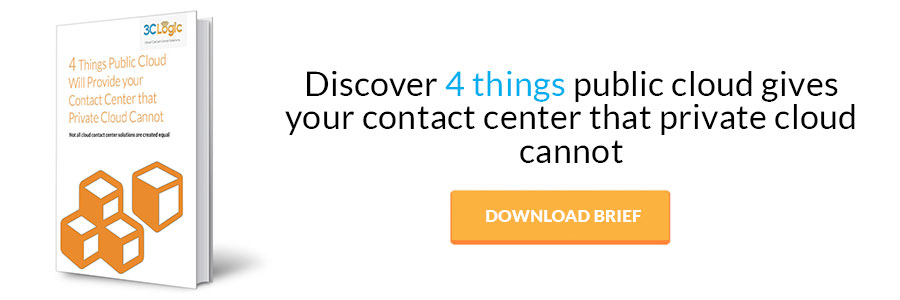In today’s business world, “the cloud” has become a buzzword used by many to emphasize technological flexibility and mobility, in short the ability to access your data from just about anywhere. While there are those who see the use of the cloud as a way to increase productivity and decrease costs, others view the cloud as a risk when it comes to security.
So what is the cloud? When you upload a document where does it go truly?
Unlike the misty clouds up in the sky, “the cloud” in terms of business is actually nothing more than many computers housed in massive warehouses all over the world: remote servers. Seems simple enough. But what is so buzzworthy about this concept and what are the benefits of using these remote “cloud” servers vs. your own?
1. Data protection – Data is the most vital asset your organization has and the most complex. You wouldn’t give out your social security to a perfect stranger, and you certainly wouldn’t want someone else to. So while moving such data to and from the cloud is essential for any business to remain fluid, efficient, and productive, the key is protecting this data from the very beginning, before it even enters the cloud. Once there – encryptions, server settings, and security standards are built in and customizable with almost all cloud solutions.
2. Security – Today’s business standards require compliance certifications such as PCI and HIPPA that can prove to be costly endeavor but are essential to ensuring your clients that their information will remain secure. It is essential to take the steps to ensure that your data is comprehensively protected before moving it to the cloud. Once there, it will cost far less to store and will be readily accessible and up to date for those given access to it.
3. Flexibility - This is the most talked about benefit to using the cloud. It allows your employees access to the most up to date information at any time. If they are traveling, stuck in a meeting, or working from home, they will have this information at their fingertips. It will help your business to grow exponentially, and follow the fast paced market today. The key here again is to provide a security program to ensure the data that is uploaded is protected, but also that it is accessible in a user friendly format. Don’t make your employees search for the information that you need, keep it organized, and ensure that it is accessible using multiple different browsers or systems – based on your employees needs.
4. Efficiency– Not only can your team easily collaborate, but will have access to updated versions of files for presentations if they are traveling or working from home. In addition, with the cloud, you can fully utilize all of the hardware that you have, while negating the need for backups servers. In essence you provide resiliency without the added cost of redundancy. Less man hours spent on maintenance and upgrades is a win-win for any business, no matter how small.
5. Cost - With the cloud, you only pay for what you use, nothing more, nothing less. Usage reports are readily available and standard with most cloud solutions, so you can analyze where you can cut back or increase to be the most cost efficient, and most solutions offer no upfront costs - $0 capital. On a smaller level, you are saving on power, security and storage costs for servers and backup servers, and manpower costs for your IT department.





